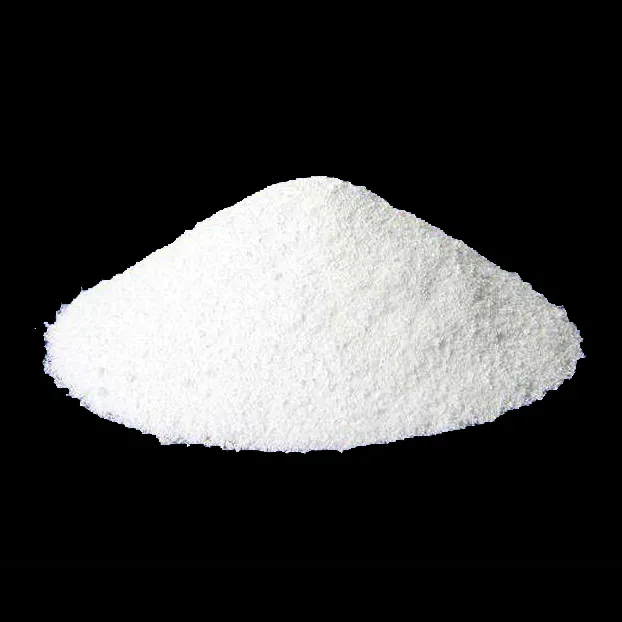What is sodium acid phosphate (SAPP)?
Sodium (SAPP) of fermentation acid scorvate (SAPP) is an important component of dual-functional fermentation powder and self-suppost flour. SAPP reacts in stages, and it is desirable in baking applications due to its slow effect.
The nature of sodium acid sodium phosphate:
Chemical formula: NA2H2P207
Molecular quantity: 221.94
White crystal powder or particles solve the water
Initially, when water was added to form a dough, SAPP reacted with baking soda (sodium bicarbonate) to produce carbon dioxide gas. In fact, 22-40 % of the gas was released during the first two minutes. When heating during the baking process, the remaining gas will be released, more than 50%.
origin
In the eighteenth century and earlier, bakers relied on yeast to ferment all baked foods. However, the use of yeast fermentation and baked goods is boring, and the bakery began to explore the use of chemical fermentation systems. In 1846, people discovered that baking soda was a fermented agent, which further discovered the acid reaction with baking soda, such as SAPP. Commercially, sodium acid sodium was introduced into a flexible powder mixture at the end of the 19th century. SAPP is a preferred fermentation acid because it is cheaper and stronger than other fermented acids introduced before.
effect
The fermentation acid provides good air and volume structure for baking, but it also affects the characteristics of the dough. In addition to reacting with baking soda to produce gas carbon dioxide, these acids also form ion bonds with starch and protein in the dough. SAPP is easy to dissolve, forming anionic coart phosphoric acid, which interacts with protein in a well -baking system in a well -baked system to provide a moist texture. In addition, it provides a buffer system for the dough within the range of 7.3-7.5, which will affect the color of baking products.
Nutrition
21 grams and 28 grams of phosphorus are stored in 100 grams of SAPP.
Commercial production
SAPP is manufactured by neutralizing sodium hydroxide or sodium carbonate parts to form sodium phosphate. Sodium phosphate dehydration at 250 ° C will form SAPP.
At present, there is no natural way to produce SAPP.
application
Due to the slow effect of SAPP and not responding fast with baking soda, it is the most commonly used self-pour flour fermentation acid for home breeders. According to the “Compilation of the Federal Regulations” Volume 21, 137.180 (A) Section 2018, self-pouring flour must contain sufficient fermentation acid to neutralize the baking soda, but the combination of the two must not exceed 4.5 flour per 100 copies.
The amount of chromic acid depends on the medium value (NV), which is defined as the amount of baking soda required for 100 parts of fermentic acid. For SAPP, NV is 70.
Because SAPP may have a slight bitterness, it is important to use sufficient baking soda in the application and combine this kind of dharmic acid with sugar-containing foods such as donuts and cakes. Cake donut is an important application of SAPP. In SAPP, initial gas production is necessary for buoyancy in the fried system. In addition, SAPP is very useful for cakes, because the initial gas output in the cake is necessary for the consistency of the pan filling.
Other non-baked food applications of SAPP include chelating agents for processing potatoes, emulsifiers of cheese, and curing promoters for processing meat.
Food supervision
In the United States, when used in good production specifications, SAPP is recognized as a multi-purpose recognition safety (Gras) food material. (“Federal Regulations” Chapter 212.1087, 2018).
Although the US Department of Agriculture allows the use of synthetic ingredients SAPP in certified organic products (“US Federal Regulations”, Volume 7, Volume 7) if the label of food is called “all-natural”, it contains SAPP, then it contains SAPP. The US Food and Drug Administration believes that food brands are wrong. In 2014, they warned a bake shop using SAPP in a “purely natural” product.

